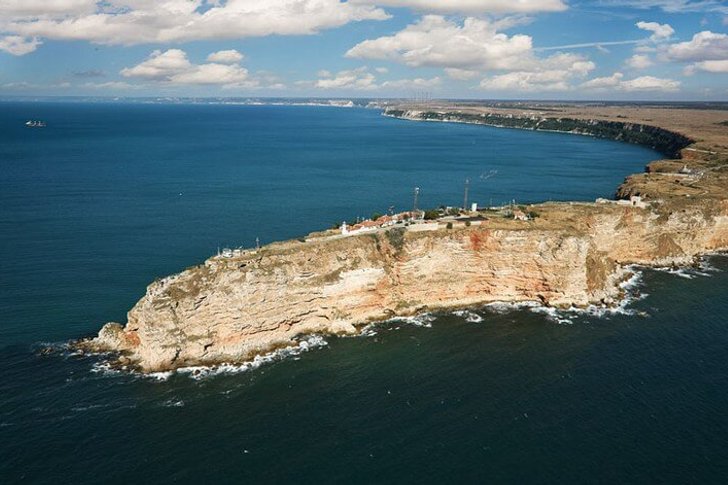Varna has many names: “pearl of the coast”, “queen of the Black Sea”, “summer capital of Bulgaria” - as soon as this resort town is not called! Thanks to its long and rich history, Varna attracts tourists not only with its beaches, but also with interesting architecture and priceless cultural heritage.
The city was owned in turn by the Romans, Byzantines and Turks, which, of course, was reflected in its external appearance. Roman baths of the 2nd century are adjacent to the mansions of the 19th century, creating a rather unusual contrast.
Varna is also an important cultural center in Bulgaria. One of the central events is the Varna Summer festival, which annually gathers thousands of participants and spectators from all over the world.
What to see and where to go in Varna?
The most interesting and beautiful places for walking. Photos and a short description.
- Driven Stones
- Evksinograd
- Seaside park
- Roman Baths
- Assumption Cathedral
- Armenian Church of Saint Sargis
- Monastery Aladzha
- Varna Opera House
- Archaeological Museum
- Ethnographical museum
- Retro Museum
- Museum of the History of Varna
- National Maritime Museum
- Park Museum Vladislav Varnenchik
- Dolphinarium
- Varna Aquarium
- Varna Zoo
- University Botanical Garden Ecopark
- Varna lake
- Cape Kaliakra
"Driven Stones"
Stone columns of natural origin, located 18 km from Varna. They are believed to be the result of rock weathering or formed from hardened corals. For 200 years of research, scientists have not come to a consensus about the veracity of one of the versions. To preserve the unique landmark, the territory with stones was declared a natural monument.
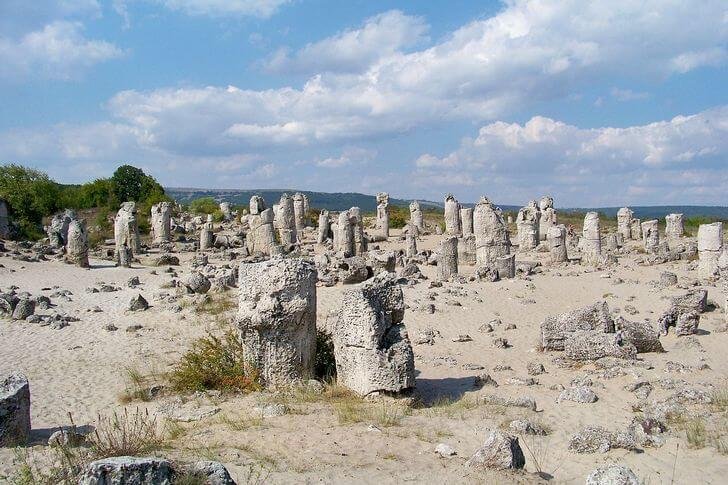
Evksinograd
The summer residence of the royal family on the Black Sea coast, which is now used for government receptions. The palace was built at the end of the 19th century by order of Prince A. Battenberg. The residence of the House of Orleans in one of the suburbs of Paris, destroyed during the Franco-Prussian War, was taken as a model. In the construction of Evksinograd, the surviving fragments of the Parisian palace were used.

seaside park
The design of the park was created by the Czech master A. Novak in the 19th century. This picturesque garden on the seashore has long been a favorite place for walking and relaxing. The alleys of the square stretch along the coast, flower beds, fountains and sculptures are located along them. There is a terrarium, a zoo, a dolphinarium, a sports complex, a planetarium and several museums. The park even has its own beach.

Roman Baths
The ancient baths were built in the 2nd century and were used until the end of the 3rd century. An impressive bath complex the size of a football field is located in the center of Varna among residential buildings. It is believed that these were the largest terms on the Balkan Peninsula and the fourth largest in the entire Roman Empire. Today, even from the surviving ruins, one can judge the scale of this ancient structure.
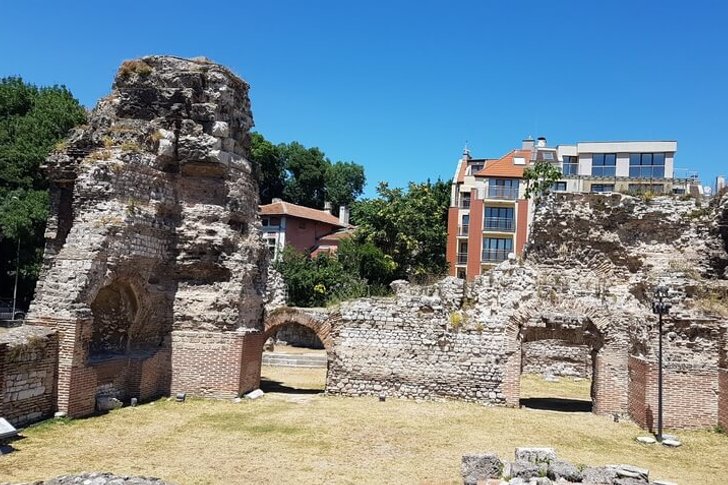
Assumption Cathedral
Cathedral of the Bulgarian Orthodox Church, which is located in the center of Varna. It was solemnly opened in 1886 in honor of the liberation of the city from the rule of the Ottoman Empire with the active participation of the Russian Emperor Alexander II, whose wife was the aunt of Prince Battenberg. In the architecture of the cathedral, one can discern features of the Byzantine style, elements of Russian temple construction, and even some Gothic touches.

Armenian Church of Saint Sargis
The Armenian Orthodox Church, which was erected in the middle of the 19th century on the site of a burned-out church in honor of St. Sarkis, an associate who lived during the time of Emperor Constantine and became famous for converting pagans to the Christian faith. The main facade of the building is made of red brick, the side walls are covered with white plaster. Inside the temple is painted in the Byzantine style.
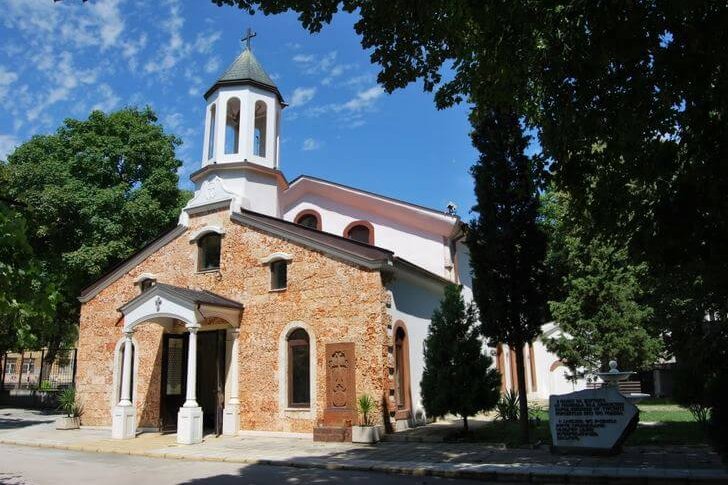
Monastery Aladzha
Rock Orthodox monastery of the XII century, currently lying in ruins. It is known that Christian hermits lived in the catacombs from the 4th century. The monastery existed until the end of the XIV century, until it was destroyed by the Ottomans, but the monks continued to inhabit the caves for another four hundred years. Previously, almost all the grottoes were decorated with frescoes, but today they remain only in the monastery chapel.

Varna Opera House
The theater stage is located in a picturesque Empire style mansion, which is considered one of the most beautiful buildings in the city. In terms of popularity, the Varna Opera is second only to the Sofia Opera. The troupe was formed in 1947 and immediately began working on staging works by classical and contemporary authors. Later, operettas were added to the repertoire, which made it possible to attract more viewers.
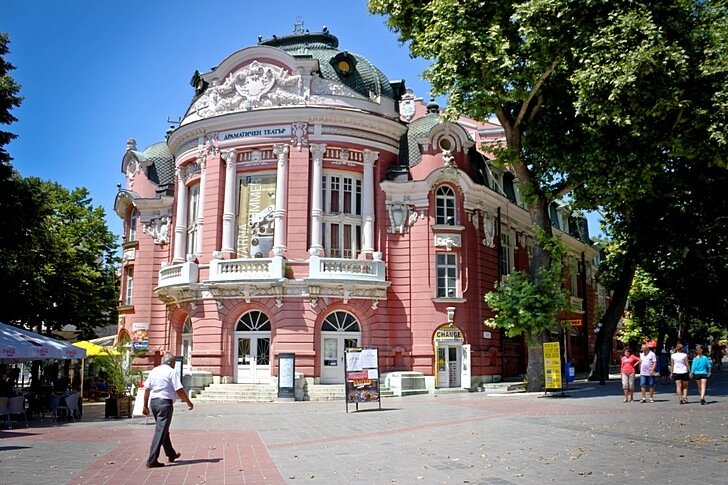
Archaeological Museum
The museum's collection is considered one of the largest in Bulgaria, as it contains more than 50,000 items. A scientific library, an exhibition hall, an archive and classrooms are located on an area of 2,000 m². Part of the exposition is exhibited in the courtyard. Of the unique exhibits - a collection of gold items, which was discovered in the Varna necropolis. Experts believe that its age is more than 6 thousand years.
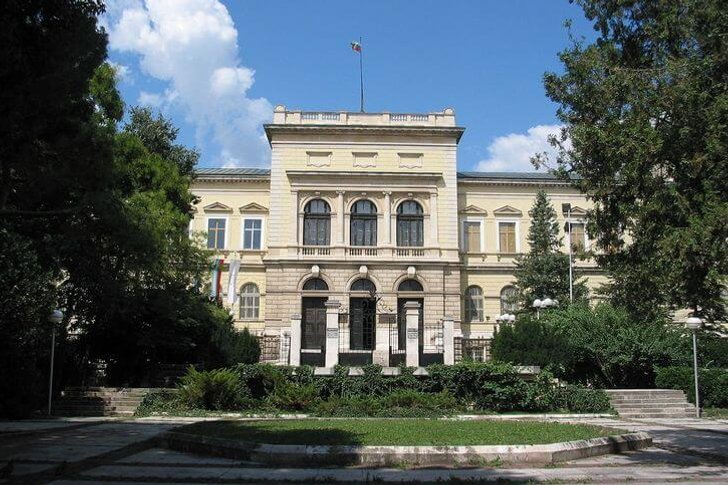
Ethnographical museum
The museum opened in 1974 in a 19th-century mansion. His collection is dedicated to the culture and life of the people inhabiting the Varna region. Placed on two floors, the exposition covers the time period from the second half of the 19th century to the middle of the 20th. In the museum you can learn about the traditional crafts of the region: fishing, beekeeping and viticulture, as well as look at tools and household items.
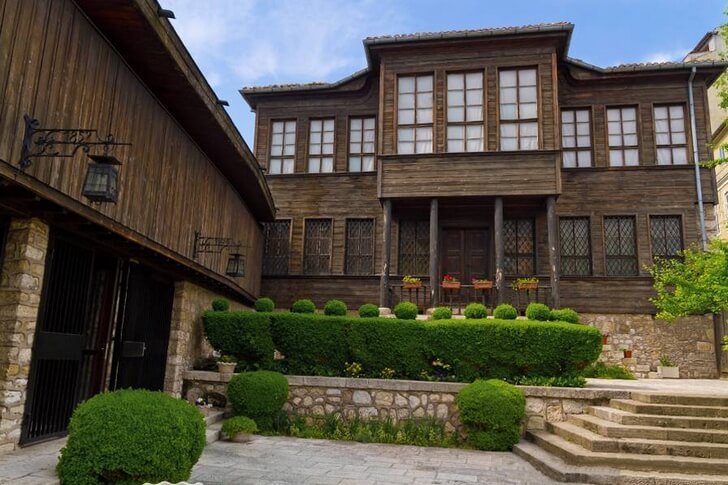
Retro Museum
The collection was created on the initiative of businessman Ts. Atanasov, who collected vintage cars and various items used by residents of the Warsaw Pact countries. Over time, the exposition grew to such a size that a separate room had to be rented for it. The main “pearl” of the collection is the Chaika car, which belonged to Todor Zhivkov.

Museum of the History of Varna
The museum building is located in the center of Varna near the Roman baths. Here visitors can learn about the city's history between 1878 and 1939. Most of the collection is a reconstruction of city cafes, shops and offices. The rest of the halls display weapons from the period of the First and Second World Wars, as well as the Balkan Wars, clothing, photographs and interior items.
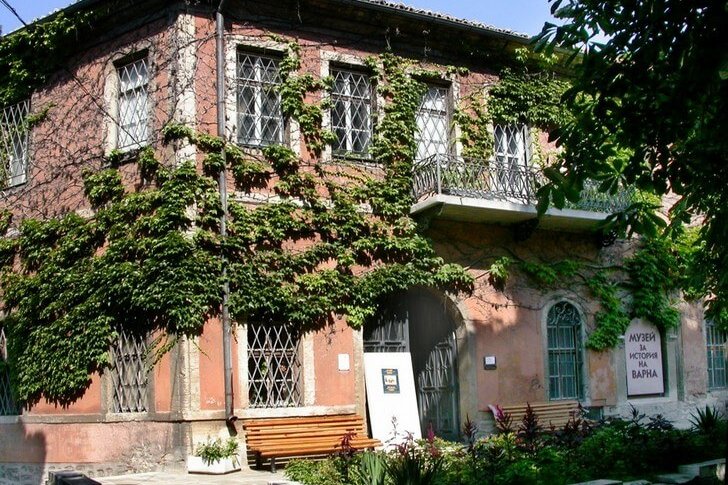
National Maritime Museum
The collection appeared in 1923 thanks to a group of enthusiasts. It consists of naval uniforms, ship models, insignia and naval guns. The exhibits are placed in 12 halls. First of all, the exposition will be of interest to fans of naval military subjects and people who are simply interested in ships. The museum has a library with a rich book fund.
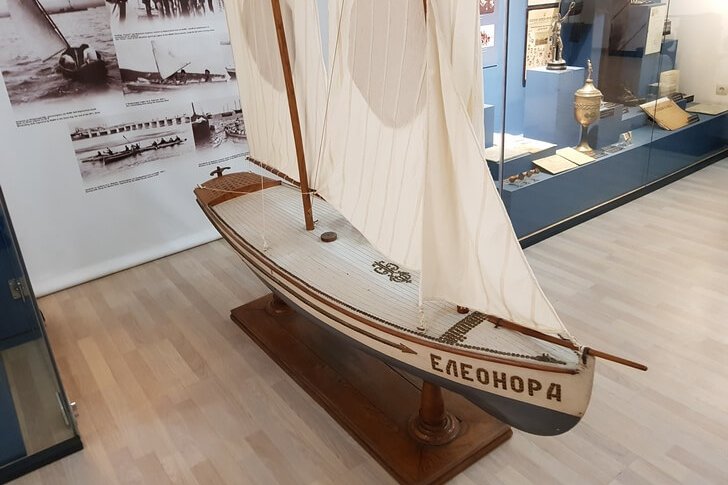
Park Museum "Vladislav Varnenchik"
The memorial complex, erected in honor of the national hero Vladislav Varnenchik (Vladislav III Jagiello) - the Polish-Hungarian king, who died in the battle of 1444, when the combined army of the Bulgarians, Czechs, Hungarians, Bosnians, Croats, Poles and Romanians tried to stop the invasion of the Turks - Ottomans to Europe. The museum was founded in 1924. On the territory of the complex is the mausoleum of Jagiello, but the body of the king himself is not there.
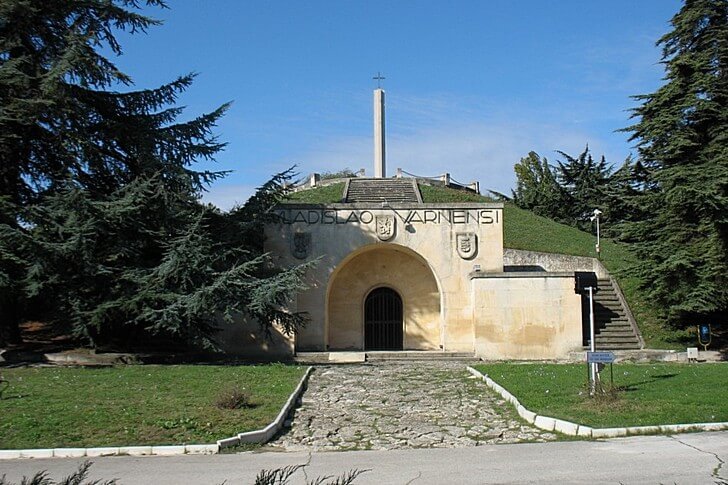
Dolphinarium
Varna, like almost any seaside resort town, has its own dolphinarium. All six days a week, when performances are held here, the stands are filled to capacity, as funny marine mammals leave no one indifferent. Animals dance during the show and "sing" Bulgarian songs, which lead the audience into indescribable delight.
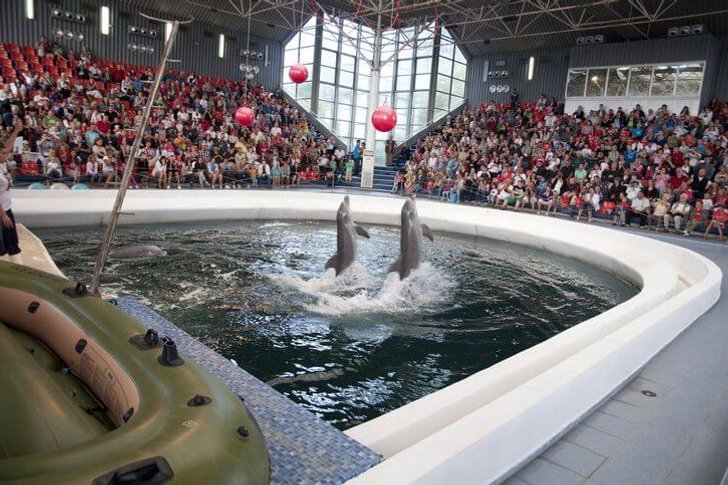
Varna Aquarium
The aquarium is located in the building of the Institute of Aquaculture and Fisheries, which was erected in 1912. Marine life lives in spacious tanks, where optimal living conditions are created. Part of the exposition demonstrates the underwater fauna of the Black Sea, the other part is dedicated to the World Ocean. In addition to fish, here you can see algae, shellfish, octopuses and jellyfish.
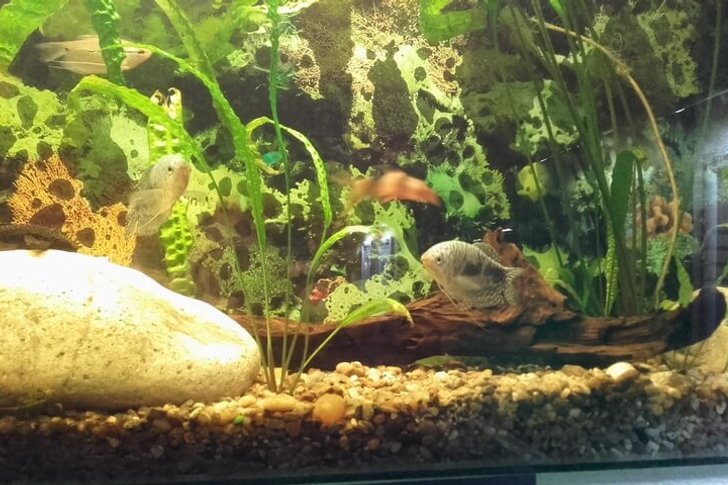
Varna Zoo
The Varna Zoo is not large in size - you can safely walk around its territory in 30 minutes. The animals here are kept in enclosures behind bars, so you can only watch them from afar. The history of the zoo began in 1956, when the crew of a military vessel brought a bear from another voyage. The animal was given the nickname Maxim and settled in the Seaside Park. Soon other residents joined him.

University Botanical Garden "Ecopark"
The garden opened to visitors in 2002. Previously, a university plant nursery was located on its territory. In Ecopark, exotic plants and native species grow side by side. Here you can see sea pine, ginkgo, iron, paper and tulip trees and other interesting specimens. The park has a chic rose garden, where more than 30 species of this flower are planted.
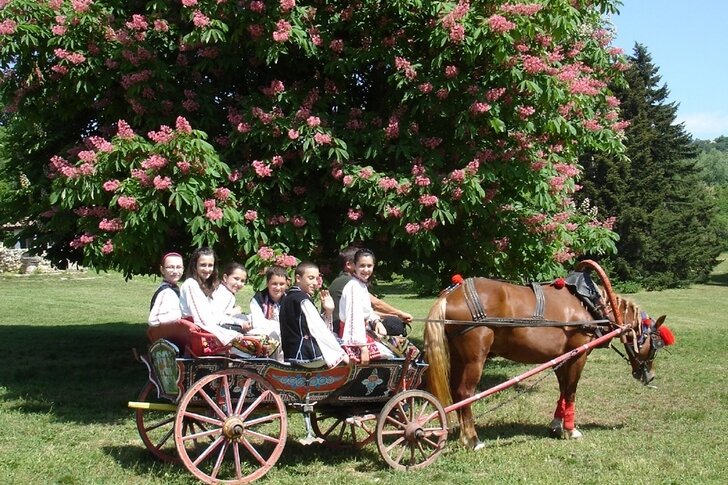
Varna lake
An extended estuary on the coast near Varna, which is connected to Beloslav Lake and Varna Bay through shipping channels. The reservoir has an area of 17 km² and a relatively shallow depth of only 19 meters. Its bottom is covered with a layer of silt and hydrogen sulfide mud, which has healing properties. Near the lake is the famous Varna necropolis.
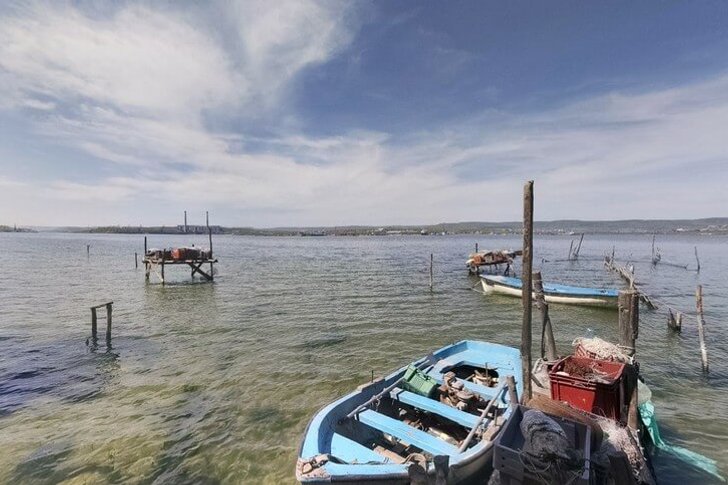
Cape Kaliakra
The cape is located about 60 km from Varna on the Dobrudzha plateau. It is included in the list of the hundred most picturesque sights in Bulgaria. On its territory there is a natural reserve. The sheer cliffs of the cape rise 70 meters above the sea, protecting the bay from cold winds. A legend is connected with this place about 40 girls who rushed into the Black Sea in order not to be captured by the Ottoman Turks.
